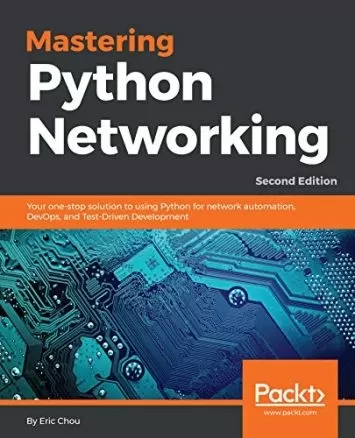About Automation TestingLearn More
Automated smooth testing is testing the correctness of a software's functionality automatically. This method of testing is in contrast to manual testing, in which a person or a user is responsible for testing the performance of the software.
Automated testing methods work much faster and better and are more cost-effective. In addition, there are many tools for testing software automatically.
Sort by:
Sorting
The newest
Most visited
Course time
Subtitle
Filtering
Courses

Udemy


Ace Automation Academy
Docker | Test Automation - MasterClass (Beginner to Expert) 10:22:25
11/08/2023
Books
Frequently asked questions about Automation Testing
Every app or program needs to be tested before it’s put into service. Software testing can be done manually, but it can be costly and time-consuming for someone to run tests over and over manually. Automation testing, also called testing automation, uses special automated testing software to run repetitive testing tasks without human intervention. Automation testing isn’t appropriate for every situation, but it can save money and time and ensure consistent results on every run under the right circumstances. Most popular automation frameworks incorporate artificial intelligence and machine learning for more speed, accuracy, and efficiency.
Automation testing uses dedicated software or cloud-based testing platforms to run automation testing on website apps and components. The most common tools for automation testing combine artificial intelligence, scriptless execution, and the ability to perform various test types. Frequently used automation testing tools include Selenium, Katalon, TestCafe, and Playwright. Selenium is a free and open source automation testing solution that works across all platforms and doesn't require any knowledge of specific test scripting languages. Katalon is a full-service automation tool with a Selenium engine that allows users to create UI test scripts with no coding. One of the leading automation testing platforms, TestCafe is a free, open source testing tool with cross browser capabilities that's based on nodeJS. Playwright is another popular, open source tool for performing automated cross-platform testing in all major languages and frameworks.
Automation testing is an aspect of many web development jobs, and it’s also a fast-growing career option on its own. Automation testing appears in various computer-related job descriptions, including software developer, software engineer, and highly specialized careers, such as JavaScript or Python developer. Other careers are devoted specifically to automation testing, with test automation engineers, software tester, or software test engineers. In those jobs, you might work with a company’s web development team to conduct the testing they need to create and deploy new apps and platforms, or you might become a consultant or contractor who handles testing for a variety of clients.
A test automation framework includes all the tools and processes needed to execute the same test scripts repeatedly or share the process among many different operators. Every test automation framework has its own architecture designed to carry out a specific type of testing. Common types include modular-driven frameworks, which break down an application into smaller modules that are tested individually. Behavior-driven development frameworks, on the other hand, create a collaborative platform where everyone in the development process can participate. There are also linear automation frameworks, often used to test small applications where no custom code is needed. As their respective names imply, keyword-driven testing frameworks test scripts based on specified keywords, and data-driven testing frameworks use test data extracted from external files. (Think Excel or CSV files.) Hybrid test automation frameworks combine aspects of data-driven and keyword-driven testing frameworks.
A complete automation testing sequence typically includes functional and non-functional automation, but these two testing types focus on different goals. Functional testing is used to verify what the software or application is designed to do. For example, functional testing validates whether a login function operates correctly to let users into a website. Non-functional testing validates how well the software performs those functions, such as verifying that the login function loads quickly enough to satisfy users' expectations. These two types of testing are part of all kinds of testing frameworks, and in all of them, functional testing is usually completed before non-functional testing.





































